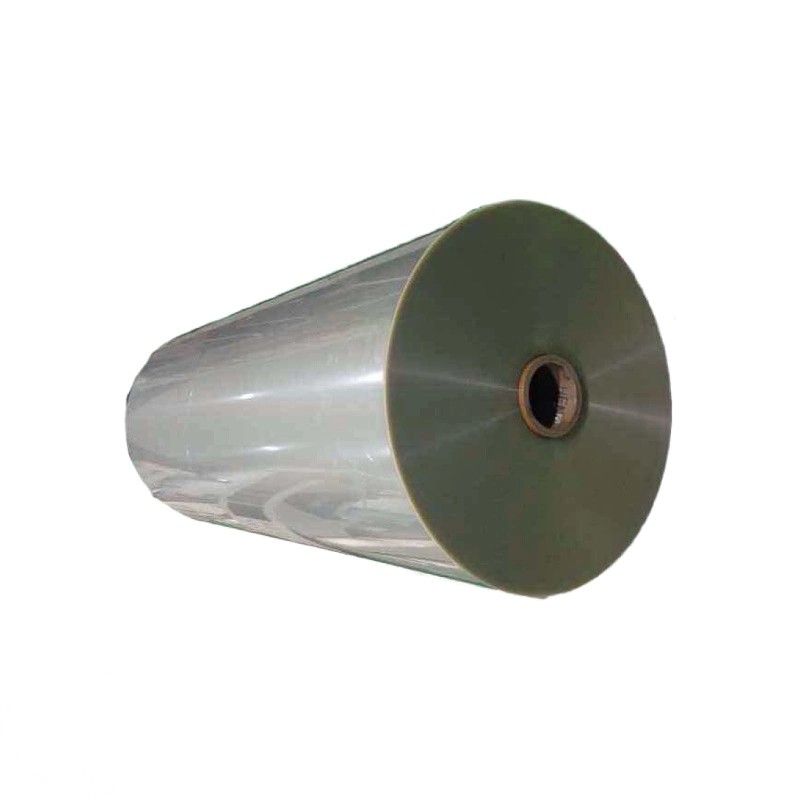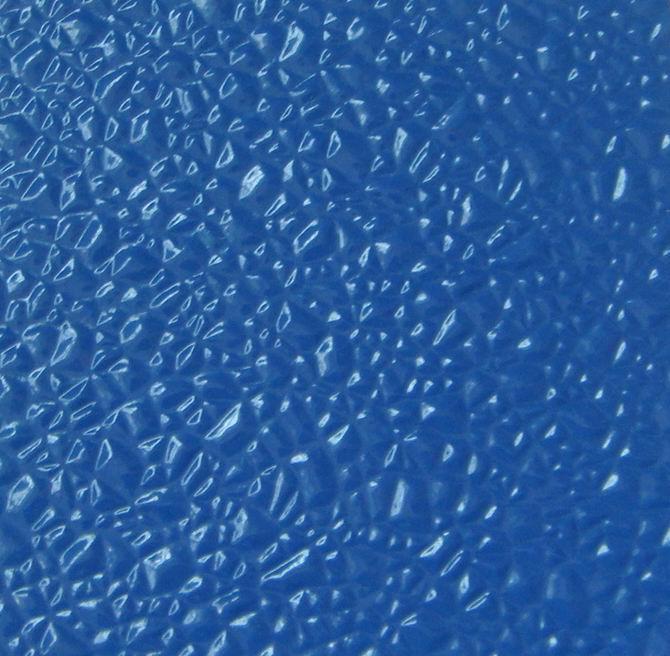
Biaxially Oriented Polyethylene Terephthalate (BOPET), commonly known as Mylar, serves several important functions in the continuous lamination process of FRP (Fiber Reinforced Plastic) sheets:
Barrier Properties: BOPET Mylar acts as a barrier against moisture and other environmental elements during the lamination process. It helps to protect the fiberglass reinforcement and the resin matrix from exposure to moisture, which could otherwise compromise the structural integrity and performance of the FRP sheet.
Release Agent: BOPET Mylar often has non-stick properties, making it an effective release agent during the lamination process. It prevents the freshly laminated FRP sheet from sticking to the rollers or surfaces of the lamination equipment, ensuring smooth and uniform lamination without any adhesion issues.
Surface Finish: BOPET Mylar can impart a smooth and glossy surface finish to the FRP sheet during lamination. This enhances the aesthetic appeal of the finished product and provides a consistent appearance across the entire surface of the sheet.
Dimensional Stability: BOPET Mylar contributes to the dimensional stability of the FRP sheet by providing uniform tension and support during the lamination process. This helps to minimize distortion, wrinkling, or other defects that may occur as the resin cures and the sheet undergoes thermal and mechanical stress.
Enhanced Strength: In some cases, BOPET Mylar may also contribute to the mechanical strength and durability of the FRP sheet by providing additional reinforcement and support to the fiberglass matrix. This can result in improved tensile strength, impact resistance, and overall performance of the laminated sheet.
In addition, embossed films are sometimes utilized in the continuous lamination process of FRP sheets to create decorative panels. These embossed films serve multiple functions:
Decorative Enhancement: Embossed films feature textured patterns or designs that can enhance the aesthetic appeal of the FRP sheet, transforming it into a decorative panel suitable for various applications. The embossed patterns can simulate natural materials like wood grain, stone texture, or geometric designs, adding visual interest and sophistication to the finished product.
Surface Protection: Embossed films provide an extra layer of protection to the FRP sheet's surface, safeguarding it against scratches, abrasion, and minor impacts. This helps to maintain the panel's appearance and integrity over time, particularly in high-traffic or exposed environments.
Improved Grip: Depending on the embossed pattern, the textured surface of embossed films can enhance the grip or traction of the FRP sheet, making it suitable for applications where slip resistance is important, such as flooring panels or safety barriers.
Customization Options: Embossed films offer versatility in design customization, allowing manufacturers to create unique and tailored finishes to meet specific customer preferences or design requirements. The ability to choose from a wide range of embossed patterns, colors, and finishes provides flexibility in product design and differentiation in the market.

By incorporating embossed films into the lamination process, manufacturers can produce FRP sheets that not only offer functional benefits such as moisture resistance and dimensional stability but also boast visually appealing and decorative surfaces suitable for a variety of architectural, interior design, and industrial applications.












